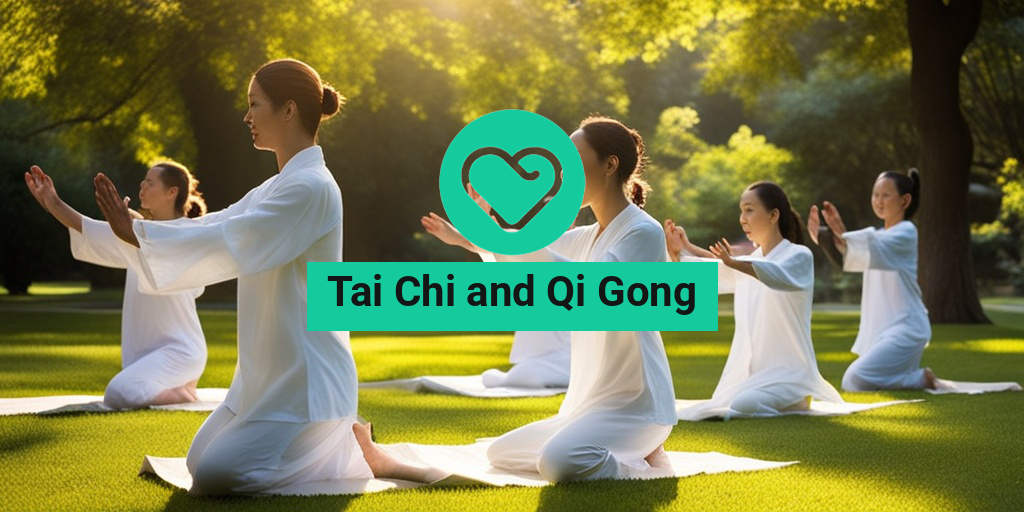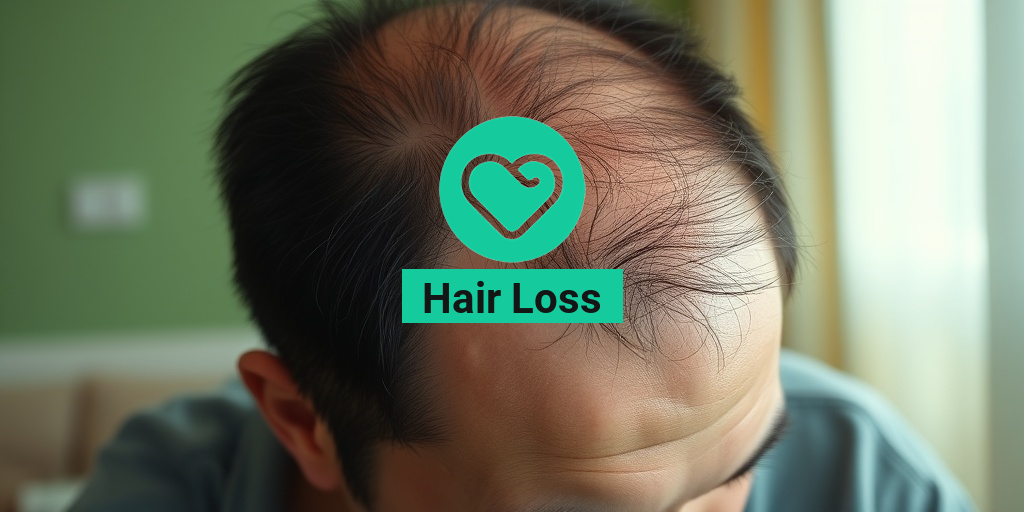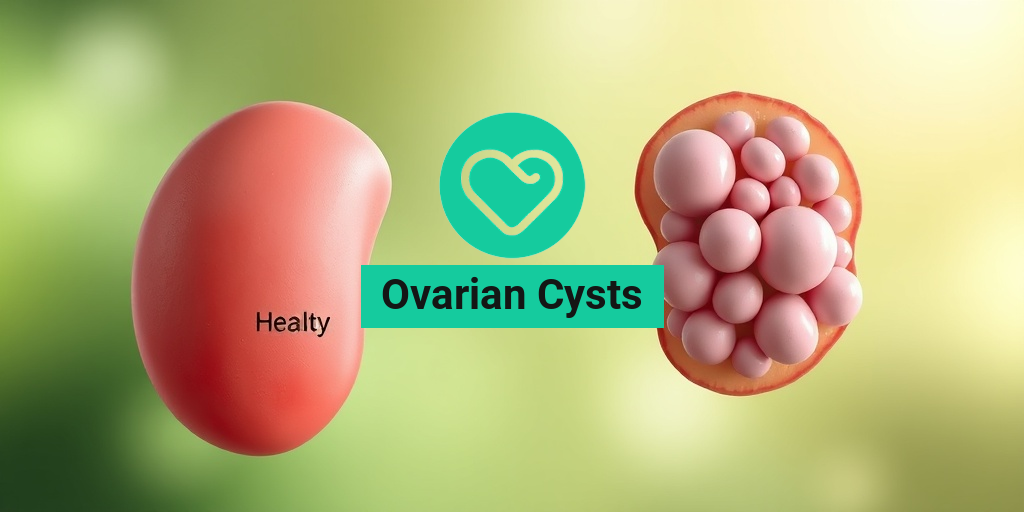“`html
What Is Tai Chi?
Tai Chi, often referred to as Tai Chi Chuan, is a traditional Chinese martial art that emphasizes slow, deliberate movements and deep breathing. Originating in ancient China, Tai Chi is not just a form of self-defense; it is also a holistic practice that promotes physical and mental well-being. The term “Tai Chi” translates to “supreme ultimate,” reflecting its philosophical roots in Taoism and the concept of balance.
The Principles of Tai Chi
At its core, Tai Chi is built on several fundamental principles:
- Mindfulness: Practitioners focus on their movements and breathing, fostering a deep connection between mind and body.
- Balance: Tai Chi emphasizes the importance of maintaining balance, both physically and emotionally.
- Flow: The movements are performed in a continuous, flowing manner, promoting relaxation and reducing stress.
Health Benefits of Tai Chi
Engaging in Tai Chi can offer numerous health benefits, including:
- Improved Flexibility: The gentle stretching involved in Tai Chi enhances flexibility and range of motion.
- Enhanced Strength: Regular practice builds muscle strength, particularly in the legs and core.
- Stress Reduction: The meditative aspects of Tai Chi help reduce stress and anxiety levels.
- Better Balance: Tai Chi is particularly beneficial for older adults, as it improves balance and coordination, reducing the risk of falls.
Whether you are looking for a gentle workout or a way to enhance your mental clarity, Tai Chi can be a valuable addition to your health routine. If you’re interested in finding Tai Chi and Qi Gong classes near you, consider checking local community centers or wellness studios.
What Is Qi Gong?
Qi Gong, pronounced “chee gong,” is another ancient Chinese practice that focuses on cultivating and balancing the body’s vital energy, known as Qi (or Chi). Like Tai Chi, Qi Gong incorporates slow movements, controlled breathing, and meditation, but it is often more focused on energy work and healing.
The Essence of Qi Gong
Qi Gong can be understood through its key components:
- Movement: Qi Gong includes a variety of gentle movements designed to promote the flow of Qi throughout the body.
- Breathing: Deep, intentional breathing is a cornerstone of Qi Gong practice, helping to enhance relaxation and energy flow.
- Meditation: Many Qi Gong practices incorporate meditative elements, allowing practitioners to connect with their inner selves and cultivate mindfulness.
Health Benefits of Qi Gong
Practicing Qi Gong can lead to a wide range of health benefits, such as:
- Increased Energy: Regular practice can help boost energy levels and combat fatigue.
- Enhanced Immune Function: Qi Gong has been shown to improve immune system function, helping the body fight off illness.
- Emotional Balance: The meditative aspects of Qi Gong can help regulate emotions and promote a sense of calm.
- Pain Relief: Many practitioners report reduced pain and discomfort, particularly in conditions like arthritis and chronic pain.
For those curious about the difference between Tai Chi and Qi Gong, it’s important to note that while both practices share similarities, Tai Chi is more martial arts-oriented, whereas Qi Gong is primarily focused on energy cultivation and healing. Both practices can be incredibly beneficial for health and well-being.
If you’re interested in exploring these practices further, consider visiting Yesil Health AI for evidence-based health answers and resources on finding classes in your area. 🌟
In conclusion, whether you choose to practice Tai Chi or Qi Gong, both offer unique pathways to enhance your physical health, mental clarity, and overall well-being. 🌈
“`

“`html
Benefits of Tai Chi
Tai Chi, often referred to as “meditation in motion,” is a gentle form of martial arts that has been practiced for centuries. This ancient practice is not only a means of self-defense but also a pathway to improved health and well-being. Here are some of the key benefits of Tai Chi:
1. Enhances Balance and Stability
One of the most significant benefits of Tai Chi is its ability to improve balance and stability. The slow, deliberate movements help strengthen the muscles and improve coordination, which is particularly beneficial for older adults. Studies have shown that regular practice can reduce the risk of falls, making it an excellent choice for those looking to maintain their independence as they age.
2. Reduces Stress and Anxiety
In our fast-paced world, stress and anxiety have become common issues. Tai Chi promotes relaxation through its meditative movements and deep breathing techniques. Engaging in this practice can help lower cortisol levels, leading to a calmer mind and a more relaxed body. 🌿
3. Improves Flexibility and Range of Motion
The flowing movements of Tai Chi encourage flexibility and enhance the range of motion in joints. This is particularly beneficial for individuals suffering from arthritis or other joint-related issues. Regular practice can lead to increased mobility and decreased stiffness, allowing for a more active lifestyle.
4. Boosts Cardiovascular Health
While Tai Chi may not seem like a vigorous workout, it can significantly benefit cardiovascular health. The gentle movements promote circulation and can help lower blood pressure. Research indicates that practicing Tai Chi regularly can improve heart health and reduce the risk of heart disease.
5. Enhances Mental Clarity and Focus
Practicing Tai Chi requires concentration and mindfulness, which can enhance mental clarity and focus. The combination of movement and meditation helps to clear the mind, making it easier to concentrate on daily tasks. This mental engagement can also improve cognitive function over time.
6. Promotes Overall Well-Being
Ultimately, Tai Chi is about achieving a sense of harmony and balance in life. The holistic approach of this practice nurtures both the body and mind, leading to improved overall well-being. Participants often report feeling more energized, centered, and connected to themselves and their surroundings.
Benefits of Qi Gong
Qi Gong, like Tai Chi, is an ancient Chinese practice that combines movement, meditation, and controlled breathing. It focuses on cultivating and balancing the body’s vital energy, or “Qi.” Here are some of the remarkable benefits of Qi Gong:
1. Increases Energy Levels
One of the primary benefits of Qi Gong is its ability to boost energy levels. The gentle movements and breathing techniques help to circulate Qi throughout the body, revitalizing energy and reducing fatigue. Many practitioners report feeling more energetic and alert after a session. ⚡
2. Enhances Immune Function
Regular practice of Qi Gong has been shown to enhance immune function. The meditative aspects of Qi Gong help reduce stress, which can weaken the immune system. By promoting relaxation and balance, Qi Gong can help the body fend off illness and disease more effectively.
3. Improves Mental Health
Qi Gong is also beneficial for mental health. The practice encourages mindfulness and self-awareness, which can help alleviate symptoms of anxiety and depression. Engaging in Qi Gong can foster a sense of peace and emotional stability, making it a valuable tool for mental well-being.
4. Supports Digestive Health
The gentle movements of Qi Gong can stimulate the digestive system, promoting better digestion and nutrient absorption. This can be particularly helpful for individuals suffering from digestive issues or those looking to maintain a healthy gut. 🌱
5. Aids in Pain Management
Many people turn to Qi Gong for its pain-relieving properties. The slow, flowing movements can help alleviate chronic pain conditions, such as back pain or arthritis. By promoting relaxation and improving circulation, Qi Gong can reduce tension and discomfort in the body.
6. Cultivates Mind-Body Connection
Qi Gong emphasizes the connection between the mind and body, encouraging practitioners to become more in tune with their physical sensations and emotions. This heightened awareness can lead to improved self-care and a deeper understanding of one’s health and well-being.
In conclusion, both Tai Chi and Qi Gong offer a wealth of benefits that can enhance physical, mental, and emotional health. Whether you are looking to improve balance, reduce stress, or cultivate energy, these practices provide a holistic approach to wellness that can be enjoyed by individuals of all ages. 🌟
“`

“`html
Tai Chi Techniques
Tai Chi, often referred to as “meditation in motion,” is a gentle form of martial arts that emphasizes slow, deliberate movements and deep breathing. This ancient practice is not only a form of exercise but also a way to cultivate mental clarity and emotional balance. Here, we will explore some fundamental Tai Chi techniques that can enhance your practice and overall well-being.
1. Basic Stances
Understanding the basic stances is crucial for anyone starting with Tai Chi. These stances form the foundation of your practice and help in maintaining balance and stability. Some of the most common stances include:
- Horse Stance: A wide stance that strengthens the legs and improves balance.
- Bow Stance: A forward lunge that enhances flexibility and strength.
- Cat Stance: A narrow stance that focuses on balance and weight distribution.
2. Breathing Techniques
Breathing is an integral part of Tai Chi. Proper breathing techniques help to enhance the flow of Qi (life energy) throughout the body. Here are some essential breathing techniques:
- Abdominal Breathing: Inhale deeply through the nose, allowing your abdomen to expand, and exhale slowly through the mouth.
- Natural Breathing: Maintain a relaxed posture and breathe naturally, focusing on the rhythm of your breath.
3. Flowing Movements
The beauty of Tai Chi lies in its flowing movements. Each movement transitions smoothly into the next, creating a sense of harmony and balance. Some key movements include:
- Grasp the Bird’s Tail: A fundamental movement that teaches how to redirect energy and maintain balance.
- Wave Hands Like Clouds: A gentle, flowing movement that promotes relaxation and flexibility.
4. Mindfulness and Focus
Incorporating mindfulness into your Tai Chi practice is essential. Focus on your movements, your breath, and the sensations in your body. This practice not only enhances your physical performance but also promotes mental clarity and emotional stability. Remember, Tai Chi is as much about the mind as it is about the body!
Qi Gong Practices
Qi Gong, often considered a sister practice to Tai Chi, focuses on cultivating and balancing the body’s vital energy, or Qi. It combines movement, meditation, and controlled breathing to promote health and well-being. Let’s delve into some popular Qi Gong practices that can complement your Tai Chi journey.
1. Standing Meditation
Standing meditation is a foundational practice in Qi Gong that helps to cultivate internal energy. Stand with your feet shoulder-width apart, knees slightly bent, and arms relaxed at your sides. Focus on your breath and visualize energy flowing through your body. This practice enhances stability and promotes relaxation.
2. Dynamic Movements
Dynamic Qi Gong movements are designed to stimulate the flow of Qi throughout the body. Some popular movements include:
- Eight Pieces of Brocade: A series of eight movements that improve flexibility, strength, and overall health.
- Five Animal Frolics: Movements inspired by the movements of animals, promoting agility and vitality.
3. Breathing Techniques
Similar to Tai Chi, breathing is a vital component of Qi Gong. Here are a couple of techniques to incorporate:
- Four-Part Breathing: Inhale for a count of four, hold for four, exhale for four, and pause for four.
- Reverse Breathing: Inhale while contracting the abdomen and exhale while expanding it, promoting energy circulation.
4. Visualization and Intention
Visualization is a powerful tool in Qi Gong. As you practice, visualize your Qi flowing freely through your body, healing and revitalizing every cell. Setting a clear intention for your practice can enhance its effectiveness and deepen your connection to your body and mind.
Both Tai Chi and Qi Gong offer profound benefits for physical and mental health. By incorporating these techniques and practices into your routine, you can experience improved balance, flexibility, and overall well-being. 🌟
“`

“`html
Tai Chi for Stress Relief
In today’s fast-paced world, stress has become a common companion for many. Fortunately, practices like Tai Chi offer a gentle yet effective way to combat stress and promote relaxation. This ancient Chinese martial art combines slow, deliberate movements with deep breathing and mindfulness, making it an ideal practice for those seeking tranquility.
Understanding Tai Chi
Tai Chi is often described as “meditation in motion.” It involves a series of fluid movements that flow seamlessly from one to the next. This practice not only helps in reducing stress but also enhances mental clarity and emotional stability. By focusing on the movements and breathing, practitioners can shift their attention away from daily worries and cultivate a sense of peace.
The Science Behind Stress Relief
Research has shown that engaging in Tai Chi can significantly lower levels of the stress hormone cortisol. A study published in the Journal of Clinical Psychology found that participants who practiced Tai Chi regularly reported lower stress levels and improved overall well-being. The combination of physical activity, mindfulness, and deep breathing helps to activate the body’s relaxation response, leading to a reduction in anxiety and tension.
How to Get Started with Tai Chi
If you’re new to Tai Chi, consider joining a class or finding instructional videos online. Many communities offer Tai Chi and Qi Gong classes tailored for beginners. Here are some tips to help you start:
- Find a Class: Look for local classes or workshops. Many community centers and fitness studios offer sessions specifically designed for stress relief.
- Practice Regularly: Consistency is key. Aim for at least 20-30 minutes of practice a few times a week.
- Focus on Your Breath: Pay attention to your breathing as you move. Inhale deeply through your nose and exhale slowly through your mouth.
- Be Patient: Like any new skill, Tai Chi takes time to master. Allow yourself to progress at your own pace.
Incorporating Tai Chi into your routine can lead to profound changes in your stress levels and overall mental health. 🌿✨
Qi Gong for Health and Wellness
Qi Gong, another ancient Chinese practice, focuses on cultivating and balancing the body’s vital energy, or “Qi.” This practice combines movement, meditation, and controlled breathing to enhance physical health and emotional well-being. Whether you’re looking to boost your immune system or improve your mental clarity, Qi Gong offers a holistic approach to health.
The Benefits of Qi Gong
Practicing Qi Gong regularly can lead to numerous health benefits, including:
- Improved Flexibility: The gentle movements of Qi Gong help to increase flexibility and range of motion, making it suitable for individuals of all ages.
- Enhanced Immune Function: Studies suggest that Qi Gong can strengthen the immune system, helping the body to fend off illness.
- Better Sleep Quality: Many practitioners report improved sleep patterns and reduced insomnia after incorporating Qi Gong into their routines.
- Emotional Balance: The meditative aspects of Qi Gong promote emotional stability and can help alleviate symptoms of anxiety and depression.
Getting Started with Qi Gong
Starting your Qi Gong journey is simple and accessible. Here are some steps to help you begin:
- Explore Online Resources: There are numerous online platforms offering free Qi Gong tutorials and classes. Look for beginner-friendly videos to guide you.
- Join a Local Class: Many communities offer Qi Gong classes, often in parks or wellness centers. This can also be a great way to meet like-minded individuals.
- Practice Mindfulness: As you practice, focus on your breath and the sensations in your body. This mindfulness aspect is crucial for reaping the full benefits of Qi Gong.
By integrating Qi Gong into your daily routine, you can enhance your overall health and wellness, creating a more balanced and harmonious life. 🌼💪
“`

“`html
Frequently Asked Questions about Tai Chi and Qi Gong
What is the difference between Tai Chi and Qi Gong?
Tai Chi and Qi Gong are both ancient Chinese practices that focus on movement, meditation, and breathing. However, Tai Chi is primarily a martial art that emphasizes fluid movements and self-defense techniques, while Qi Gong is more focused on cultivating and balancing energy within the body. Both practices promote health and well-being, but they have different goals and techniques.
Can I find Tai Chi and Qi Gong classes near me?
Yes! Many communities offer classes in Tai Chi and Qi Gong. You can search online for local studios, community centers, or wellness programs that provide these classes. Additionally, many instructors offer virtual classes, making it easier to participate from home.
Are Tai Chi and Qi Gong beneficial for health?
Absolutely! Both Tai Chi and Qi Gong have been shown to improve physical health, enhance flexibility, reduce stress, and promote mental clarity. Regular practice can lead to better balance, improved strength, and overall well-being.
What are the basics of Tai Chi and Qi Gong?
The basics of Tai Chi involve learning slow, controlled movements and postures that flow into one another. In contrast, Qi Gong focuses on breathing techniques, visualization, and gentle movements to cultivate energy. Beginners can start with simple exercises and gradually progress to more complex forms.
Is Tai Chi suitable for older adults?
Yes, Tai Chi and Qi Gong are particularly beneficial for older adults. These practices are gentle and low-impact, making them ideal for improving balance, flexibility, and strength without putting too much strain on the body. Many older adults find these practices help reduce the risk of falls and enhance their overall quality of life.
How can I get started with Tai Chi and Qi Gong?
To get started with Tai Chi and Qi Gong, consider joining a local class or finding online resources. Many instructors offer beginner-friendly sessions that introduce the fundamental movements and principles. You can also find instructional videos and books to practice at home.
What is World Tai Chi and Qi Gong Day?
World Tai Chi and Qi Gong Day is an annual event celebrated on the last Saturday of April. It aims to promote the benefits of these practices worldwide. Participants gather in parks and community spaces to practice together, fostering a sense of community and raising awareness about the health benefits of Tai Chi and Qi Gong.
Can Tai Chi and Qi Gong help with recovery from injuries?
Yes, both Tai Chi and Qi Gong can aid in recovery from injuries. Their gentle movements and focus on breath can help improve circulation, reduce pain, and enhance mobility. However, it’s essential to consult with a healthcare professional before starting any new exercise program, especially if recovering from an injury.
“`




